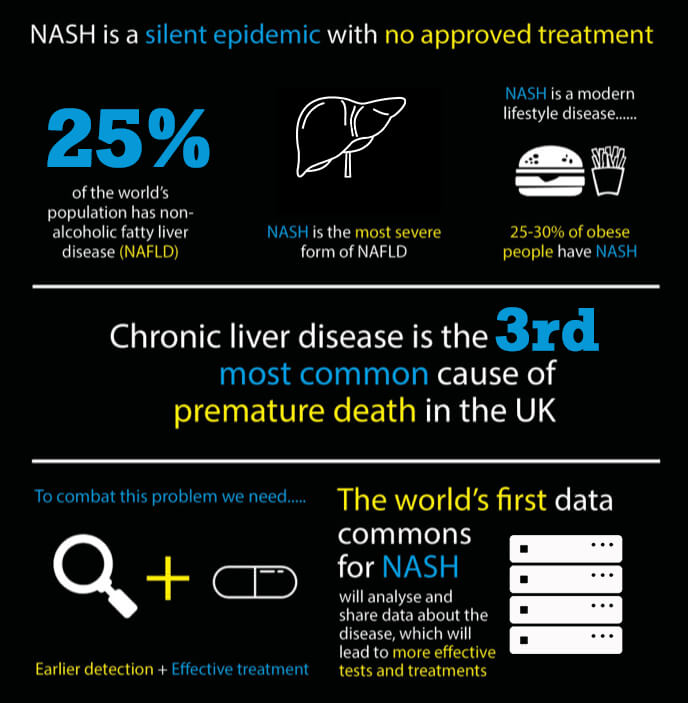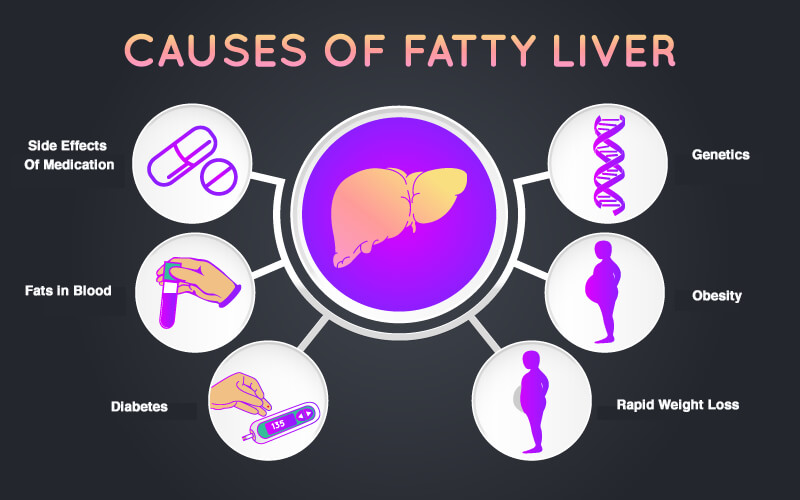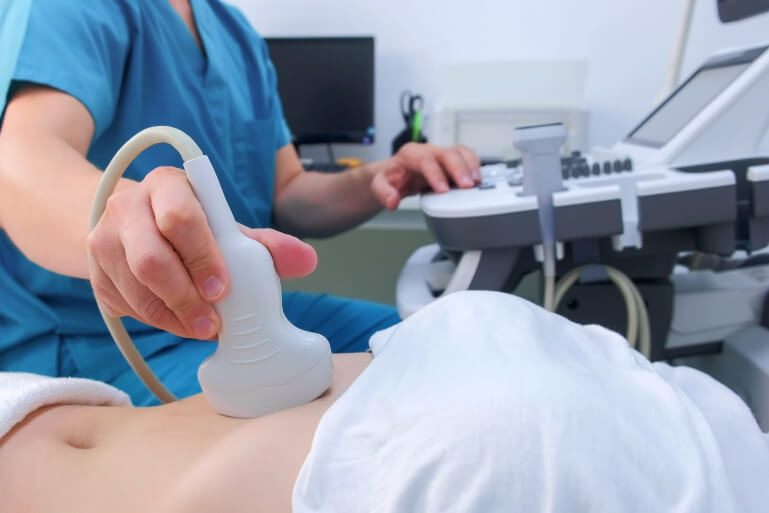

Most people with mild NAFLD are unlikely to notice any symptoms. Some may experience discomfort in the liver area and tiredness.
For those who go on to develop NASH, Fibrosis and Cirrhosis it may be many years before symptoms develop. The following symptoms may indicate a serious development in your liver condition. Patients with a liver condition who develop any of the following symptoms should see urgent medical attention:
In most cases people only find out they have a fatty liver when a routine blood sample (usually liver function tests) shows there may be a problem. If this happens you may be asked a lot of questions about your lifestyle, such as, any drugs you are taking (including over-the-counter medication and nutritional supplements), your diet, the amount of exercise you do and the amount of alcohol you drink.
Further tests may be needed to confirm the diagnosis such as an Ultrasound, FibroScan, CT or CAT Scan or MRI scan. In some cases a liver biopsy may be needed.


There are no approved medicines for the treatment of NAFLD or NASH. However, many drug therapies are being examined in in clinical trials. A better understanding of NAFLD may allow a Precision Medicine approach in the future (delivering the right treatment, to the right patient, at the right time.)
However, if your NAFLD is linked to being overweight then you will be advised to make various lifestyle changes including losing weight gradually and taking sensible exercise. There is good evidence that gradual weight loss coupled with increased exercise can reduce the amount of fat in your liver.
In mild cases of NAFLD doctors may concentrate on treating associated conditions, such as obesity and diabetes, which can cause fat to build up. They will also treat disorders such as high blood pressure and high cholesterol as these are often associated with NAFLD.